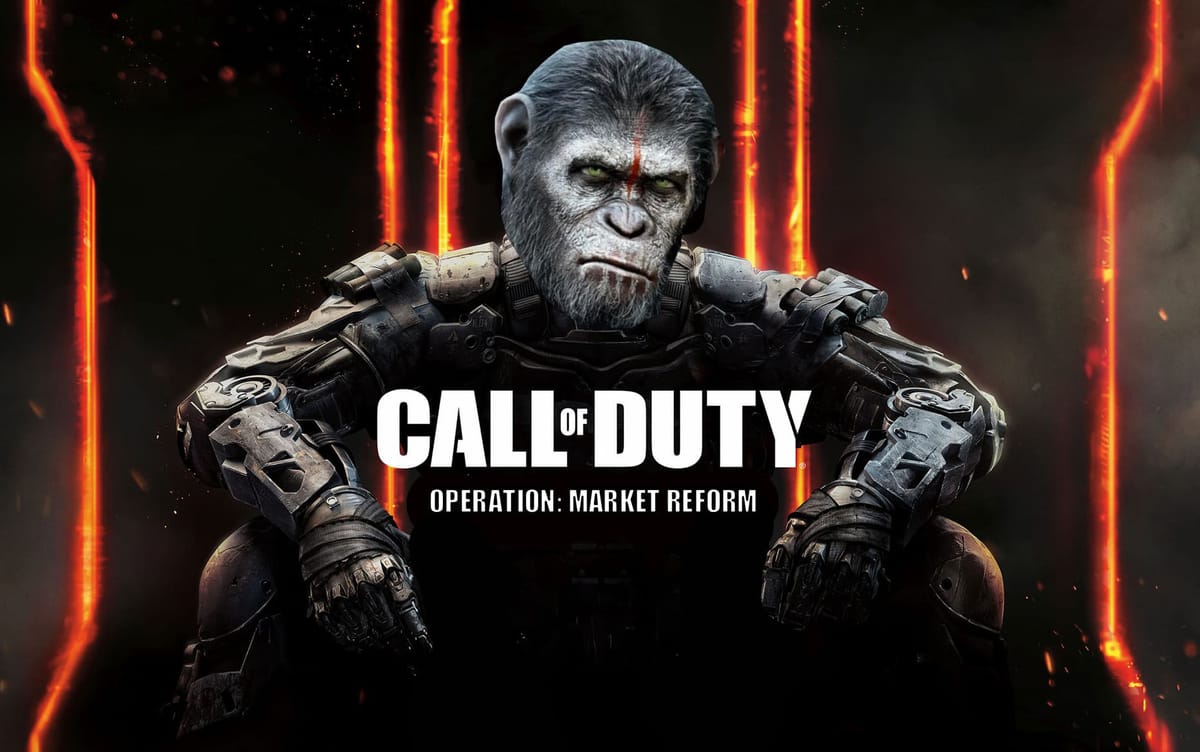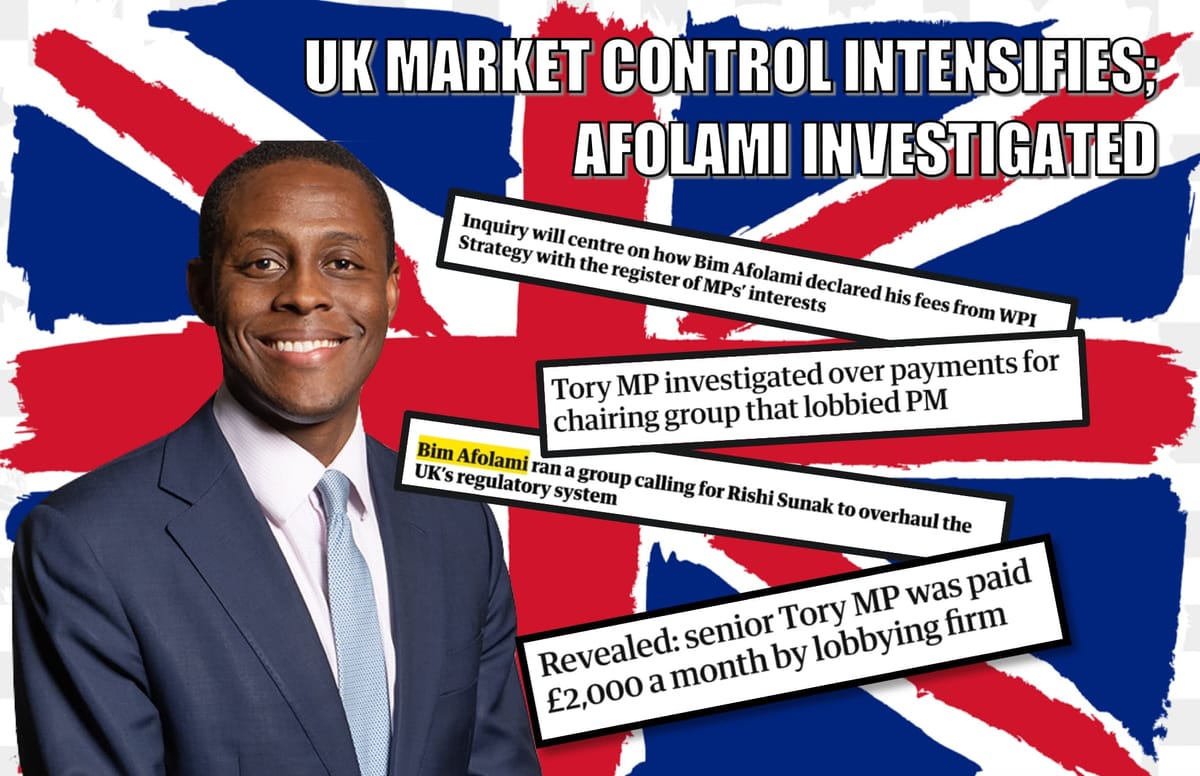Inflation Alert! FOMC Forecasts Point to Hot Inflation Despite Promised Rate Hikes. PCI at 3.69%, PCE at 4.74/4.94%, & Core PCE at 4.31% Even with Sweetheart Numbers the Rest of the Year, the Fed's Going to Have to Sacrifice Employment for Price Stability
Good evening Superstonk, I hope everyone had a great day! Going into this week's PCI data, I wanted to share that it looks like the Fed's 2023 forecast for inflation rates is blown out of the water.
Buckle up for more rate hikes!
| Month | CPI Percent Change from Year Ago | PCE Percent Change from Year Ago | Core PCE Percent Change from Year Ago |
|---|---|---|---|
| January | 6.35 | 8.08 | 4.69 |
| February | 5.99 | 7.60 | 4.65 |
| March | 4.99 | 6.36 | 4.61 |
| April | 4.95 | 6.61 | 4.68 |
| May | 4.1 | 6.00 | 4.62 |
| June* | 3.22 | 3.20 | 4.35 |
| July* | 3.61 | 3.61 | 4.65 |
| August** | 2.00 | 3.0 or 3.20 | 3.70 or 3.90 |
| September** | 2.00 | 3.0 or 3.20 | 3.70 or 3.90 |
| October** | 2.00 | 3.0 or 3.20 | 3.70 or 3.90 |
| November** | 2.00 | 3.0 or 3.20 | 3.70 or 3.90 |
| December** | 2.00 | 3.0 or 3.20 | 3.70 or 3.90 |
*Cleveland Fed Inflation Estimates
** projected yearly total plugged in
- The inflation forecast remained largely unchanged, with total PCE price inflation expected to be 3.0% this year and core inflation at 3.7%. Inflation was expected to slow down but remain moderately above 2% through next year.
Federal Reserve Board projections:

https://www.reddit.com/r/Superstonk/comments/149ekl2/federal_reserve_issues_fomc_statement_the/
Even at the Staff's projected Inflation levels, (August-December percent change from a year ago):
PCI: 3.69%
PCE: 4.74%
Core PCE: 4.31%
Even at the Board's projected Median Inflation levels, (August-December percent change from a year ago):
PCI: 3.69%
PCE: 4.91%
Core PCE: 4.31%
These numbers (at the most generous) still dwarf the projections of staff and the board.
Currently, Employment & Wages are strong (wage growth well above the Fed's 'acceptable' 2%)--fuel for a July rate hike:

source: https://www.bls.gov/news.release/pdf/empsit.pdf


Wut Mean?
In June, the U.S. economy added 209,000 jobs, and the unemployment rate remained stable at 3.6%.
- Government, health care, social assistance, and construction added jobs in the period.
The report is based on two types of surveys.
- The household survey measures labor force status, including unemployment, by demographic characteristics.
- The establishment survey measures nonfarm employment, hours, and earnings by industry.
The unemployment rate for different demographic groups saw slight changes.
- For example, the unemployment rate for Whites decreased to 3.1%, but for other groups like adult men and women, teenagers, Blacks, Asians, and Hispanics, the rates remained relatively stable.
- The number of people who have been unemployed for a long time (27 weeks or more) didn't change significantly.
- The number of people working part-time because they couldn't find full-time work or their hours were cut increased by 452,000.
- The number of people who aren't working and want a job was 5.4 million, about the same as the previous month.
- The number of people who are marginally attached to the labor force (they want to work and have looked for a job in the past year, but not in the past 4 weeks) didn't change significantly.
- The number of discouraged workers (people who want to work but believe there are no jobs available for them) decreased by 112,000.
- The average hourly earnings for all employees increased by 12 cents, or 0.4%, to $33.58.
- The average workweek for all employees increased slightly by 0.1 hour to 34.4 hours.
- The number of jobs added in April and May was revised down by 110,000.
More robust Labor news:

Source: https://adp-ri-nrip-static.adp.com/artifacts/us_ner/20230706/ADP_NATIONAL_EMPLOYMENT_REPORT_Press_Release_2023_06%20FINAL.pdf
Wut mean?
- 497,000 jobs popped up in June (Economists polled by the Wall Street Journal had forecast a gain of 240,000 private-sector jobs)
- And you know what else grew? Annual pay! By a sweet 6.4%.
- All this data comes from the guys at ADP Research Institute and their buddies at the Stanford Lab, and they're snooping on over 25 million of us....
What's doing well? Service industries, and they're adding jobs fast!
- However, they're also a little stingy with wage growth, sorta like a hedge fund refusing to cover...
- Some sectors were up (leisure and hospitality, trade, transportation, education, health services) while others were down (manufacturing, information, finance).
Here's the rundown of how many jobs each sector gained or lost:
- Goods-producing: +124,000
Service-providing: +373,000
- Now, if we're looking at this by region, the Northeast and Midwest were 'winners', raking in 250,000 and 162,000 jobs respectively.
- The South lost 10,000 jobs.
- And the West gained 83,000 jobs.
- Job stayers saw their pay increase by 6.4%, down from 6.6% in May - bit of a slow down.
- For job changers, pay gains have been slowing for 12 months straight, but STILL at 11.2%
At the same time, the number of Americans who applied for unemployment benefits last week rose to 248,000, putting them close to a two-year high:

Source: https://www.dol.gov/ui/data.pdf

https://fred.stlouisfed.org/series/ICSA
Wut Mean?
So, for the week that ended on July 1, there were 248,000 new people who signed up for unemployment benefits.
- This is an increase of 12,000 people from the previous week.
But, the number from the week before was adjusted.
- They originally said 239,000 people signed up, but they changed it to 236,000.
- That's like saying you thought 239 people came to your party, but you miscounted and it was actually 236.
There's another number they look at called the 4-week moving average.
- It's just an average of how many people signed up for unemployment over the past four weeks.
- This number went down by 3,500 to 253,250.
- The unemployment insurance rate, which is the percentage of all workers who are getting unemployment benefits, stayed the same at 1.2%.
The number of people actually getting unemployment benefits in the week ending June 24 was 1,720,000.
- This is a decrease of 13,000 people from the week before.
The 4-week moving average for this group also went down to 1,746,500.
- This is a decrease of 8,750 from the week before.
- The main takeaway is that more people signed up for unemployment this week, but overall, things are pretty steady.
Why does this matter?

Interest Rate Hikes!
- The Federal Reserve has been given a dual mandate by congress—pursuing the economic goals of maximum employment and price stability.
- The Fed and JPow in the past have stated 'price stability' is inflation at the rate of 2 percent, as measured by the annual change in the Price Index for Personal Consumption Expenditures (PCE).
- The Fed views maximum employment as the highest level of employment that the economy can sustain over time. The Fed does not have a numerical target for the level of employment; rather, the Fed analyzes economic conditions.
- The federal funds rate ( the rate that banks pay for overnight borrowing in the federal funds market ) is the Fed’s policy rate, which means it is the rate the Fed chooses to target to achieve its policy goals–the dual mandate.
- Changes in the federal funds rate influence other interest rates that in turn influence borrowing costs for households and businesses as well as broader financial conditions.
- The Federal Open Market Committee (FOMC) sets the target range for the federal funds rate with the upper and lower limits on the range.

https://www.stlouisfed.org/in-plain-english/the-fomc-conducts-monetary-policy
As I called out previously, to fix one end of the mandate (price stability) from the inflation problem they created, the Fed is sacrificing employment (their other end of the mandate) to bolster price stability and continue raising rates.
- To fight inflation, FOMC has been raising the federal funds rate.
- However, when interest rates go up, it becomes more expensive to borrow, so businesses are generally unwilling to add more workers and may have to reduce headcount to account for increased costs.
- This generally places downward pressure on employment and wages
- Rates have been going up:

https://fred.stlouisfed.org/series/FEDFUNDS
However, as we have covered above, employment and wages are still strong--well above the Fed's accepted 2% rate for wage growth. Even at the most generous of inflation readings the rest of the year, they are going to come in hot!
Buckle up for a July rate hike and more!?!

https://www.reddit.com/r/Superstonk/comments/140yv4i/this_weeks_changing_definition_of_recession/

Oh Yeah, in May Credit Card usage is up over 8% year over year--pretty good sign inflation is going to come in hot:

https://fred.stlouisfed.org/series/REVOLSL

https://fred.stlouisfed.org/series/TOTALSL
TLDRS:
The FOMC staff inflation forecast remained largely unchanged, with total PCE price inflation expected to be 3.0% this year and core inflation at 3.7%. Inflation was expected to slow down but remain moderately above 2% through next year.
Even at the Staff's projected Inflation levels, (August-December percent change from a year ago):
- PCI: 3.69%
- PCE: 4.74%
- Core PCE: 4.31%
The FOMC Board forecast remained largely unchanged, with total PCE price inflation expected to be 3.2% this year and core inflation at 3.9%.
Even at the Board's projected Median Inflation levels, (August-December percent change from a year ago):
- PCI: 3.69%
- PCE: 4.91%
- Core PCE: 4.31%
- I try and show this hope is likely misplaced as even with sweet heart numbers, inflation will come in hot.
- Reminder, while banks have the liquidity fairy, 'we' get the promise of 2 more rate hikes this year, Atlanta Fed President Raphael Bostic yet again enrichens himself inappropriately from his position.
- To fix one end of their mandate (price stability) from the inflation problem they created, the Fed will continue sacrificing employment (the other end of their mandate) to bolster price stability by continuing to raise interest rates--causing further stress businesses and households.
- I believe inflation is the match that has been lit that will light the fuse of our rocket.



